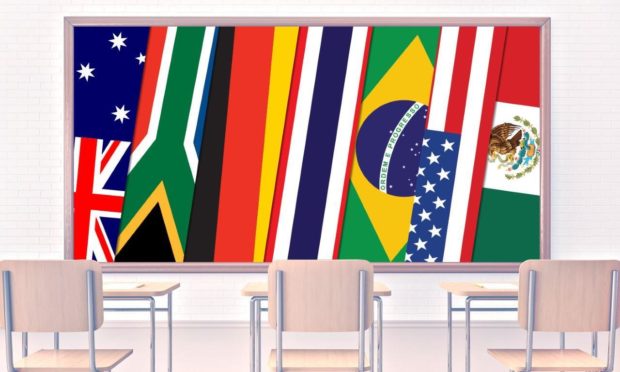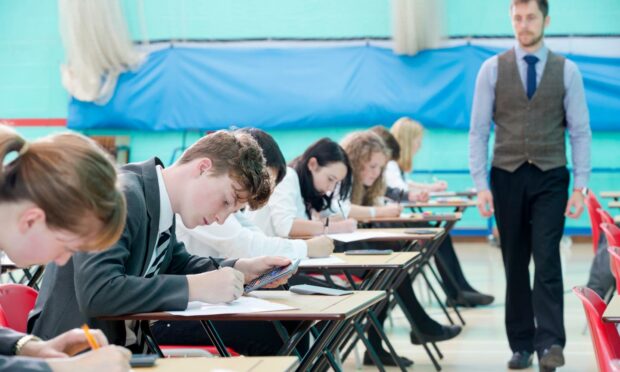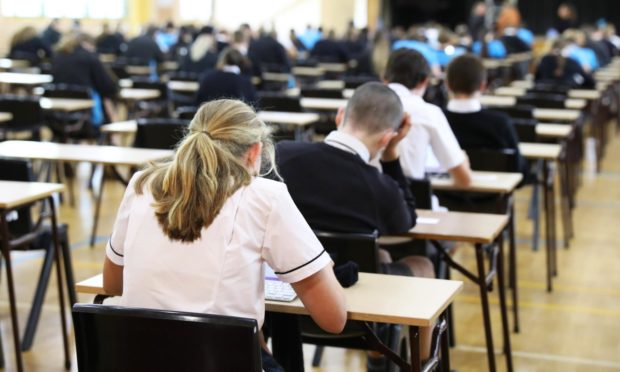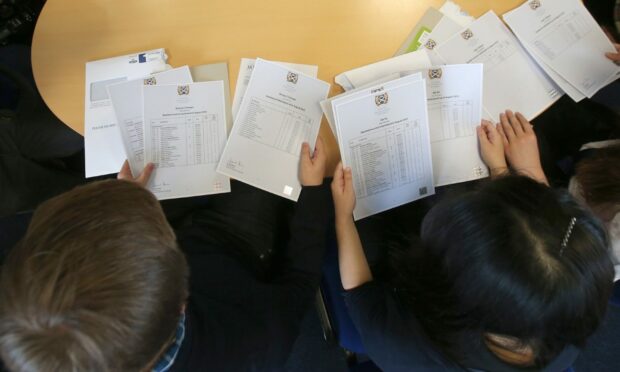Scotland’s education secretary has vowed to revamp the current exam system – but how do other countries test their young people?
Shirley-Anne Somerville suggested that a new set-up could be created for pupil assessments, although admitted it would take “some time” to develop.
The SNP minister confirmed that an announcement would be made in the “next few days” about the Scottish Government’s plans for next year.
The Scottish Government and the Scottish Qualifications Authority (SQA) have been criticised for the way they have dealt with exams during the pandemic.
The SQA to be scrapped and replaced with a new agency as a result.
With traditional exams cancelled for two years, a teacher-led “alternative certification model” was used last year, with results confirmed on Tuesday.
But how do other countries test to determine who gets those coveted university spots?
Perhaps Ms Somerville and her experts could take inspiration from the way other countries test their young people.
From Thailand’s strict year-by-year exams to the USA’s grade point average, how do other countries test?
Germany
Students are granted the Abitur qualification, which is needed to gain entry to university if they have passed a set of exams taken in the spring.
Youngsters are assessed in four or five subjects including maths, political science and music although each state has different ways of running its own system.
There have been calls for a national Abitur system so every student in Germany sits the same exams rather than having regional differences.
Earlier this year, three German pupils were handed suspended prison sentences for breaking into a headmaster’s office and stealing final exam papers for Latin, English and German tests.
It forced the education authorities in Bavaria to change the exam questions for thousands of youngsters who took their exams in May 2020.
South Africa
South Africa uses one final exam at the end of secondary school which determines university acceptance.
The National Senior Certificate (NSC) lists all of the subject the youngster has taken and can be used to gain entry to higher education courses in South Africa and the UK.
Brazil
With as many as eight million students sitting exams, Brazil uses a single university admission test called the National High School Examination or ENEM.
High school pupils across the country sit the exam at the same time. Since it began 23 years ago, it the second-biggest nationwide test in the world. Only China’s National Higher Education Entrance Examination beats it.
Thailand
Thailand uses a raft of exams to test students in their final year of secondary school with these results also being taken into account by universities.
The Ordinary National Educational Test (O-NET) is a written test and covers subjects like maths, arts and Thai language. Younger pupils also sit the exam to determine promotion to the next school grade.
Other examinations faced by older Thai pupils include a General Aptitude Test (GAT) which focuses on Thai and English and the Professional and Academic Aptitude Test (PAT) and national board exams.
These are all used to determine university entry with students hoping to get into medical courses facing additional testing.
Mexico
Pupils in Mexico aiming university must pass an exam called the National Examination for Higher Education Entrance.
Also known as the Exani-II, and made up of 120 questions, it will determine if they can go onto higher education.
Many major universities in Mexico use it for their main entry criteria.
Even with the qualification, getting into higher education can be difficult.
In 2020, 84,000 potential students sat the entrance exam for the National Autonomous University of Mexico. Only a little more than 6,000 would get in.
Australia
Education in Australia is a shared responsibility of the federal and state governments. This is reflected in their exams system.
End-of-school assessments are different depending on which part of the country you live in.
The Higher School Certificate (HSC) is the final examination for students in their last year in New South Wales schools. There is also the South Australian Certificate of Education and The Victorian Certificate of Education.
All of which assess students on a range of subjects.
Australian universities also use a national scoring system called Australian Tertiary Admissions Rank (Atar).
This takes into account how students did in each of their school assessments. Every state uses it in a different way.
United States of America
American pupils have a series of tests throughout the year and a final exam or project in most courses.
This is combined with graded assignments and tests.
It all goes towards a Grade Point Average (GPA) – an average of their results in all four high school grades.
Some secondary students can also opt to take the SAT (Scholastic Aptitude Test). Another alternative is to do the ACT (American College Test), traditionally used to gain entry to major universities.
More from the Schools and Family team
Exam results 2021: Did YOUR area make the grade?
Exam results 2021: ‘Alarm bells ringing’ as poverty attainment gap widens
‘We could either lie down to it or keep fighting’ – Aberdeen pupils thrive despite pandemic




